John M. Crisp: Would more uncensored honesty make us a better nation?
Published in Op Eds
Cellphones are ubiquitous these days, and just about everything that happens is recorded on video, usually from several angles. But I don’t think I want to see the graphic videos available on social media that show Charlie Kirk being assassinated in Utah last week. I hope you don’t either.
As a rule, news media blur the most graphic images or stop the action just before the knife strikes or the bullet hits home. This is a good rule, generally observed to spare the feelings of family members, preserve the dignity of victims and, maybe, just to maintain some sense of decency.
On the other hand, I wonder if it’s a mistake—or a missed opportunity—to fail to show what really happens when our gun laws make it way too easy for a 22-year-old such as Kirk’s alleged assassin to acquire a high-powered weapon that can kill from a distance of several hundred yards.
If the young man who allegedly killed Kirk is typical, he has spent thousands of hours playing video games that depend on and glorify shooting and killing. He has seen thousands of murders by gunshot on TV and at the movies, where our culture makes no effort to sanitize the impact of a high-powered weapon on its victim. Blood gushes and craniums explode. We’ve gotten used to it. Gun violence saturates our games and entertainment. But when it happens in real life, we avert our eyes.
We do this in other areas, as well. For example, long after all western democracies abolished capital punishment, the United States still keeps company with countries such as China, Iran and North Korea by occasionally putting citizens to death.
We do it haphazardly: Some states permit capital punishment; others don’t. Some states have capital punishment on the books, but never use it. We’ve never figured out how to apply the death penalty evenhandedly according to race, gender or the severity of the crime. Certainly, sometimes we’ve incarcerated and executed the innocent.
And while we’ve tried to find ways to make capital punishment more palatable—substituting lethal injection for the noose and gas chamber, for example—we still do it in private. The last genuinely public execution was in Kentucky in 1936. Twenty thousand people — many with picnic baskets — showed up to watch Rainey Bethea (a Black man, naturally) dangle at the end of a rope. We’ve since moved our executions indoors.
I’ve speculated — semi-seriously — whether it would be more honest to bring back public executions so we can witness the stark cruelty involved in putting someone to death.
Would public executions make us rethink our persistent American appetite for capital punishment? Maybe. On the other hand, being Americans, we might put executions on pay-per-view, sponsor gallows viewing parties and hold a lottery for the opportunity to throw the switch.
But at least we’d be more honest about it.
We often overuse the term tragedy, but it’s apt in the case of Charlie Kirk, if only for the devastating impact on his wife and two children, ages 3 and 1.
But his death was only one of the many tragedies that occur every year in the United States because of our lenient gun laws. I feel no schadenfreude from the fact that Kirk himself suggested that the death toll from guns is simply the price that we have to pay in order to enjoy the freedom to own guns that is implied by the Second Amendment.
But this isn’t about Kirk; it’s about our reluctance to confront directly the consequences of laws and policies that we casually accept.
Would we be a better nation if we televised executions? Would we reconsider our gun laws if we exhibited, publicly and graphically, what happens when a high-velocity bullet strikes human flesh? Would we question our deep commitment to the Second Amendment if we had access to uncensored photographs from inside the classrooms at Sandy Hook and Uvalde immediately after the shootings?
I doubt that any of this would be good for us. But at least it would make us more honest.
___
©2025 Tribune Content Agency, LLC
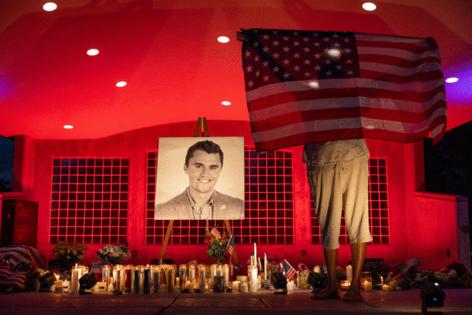
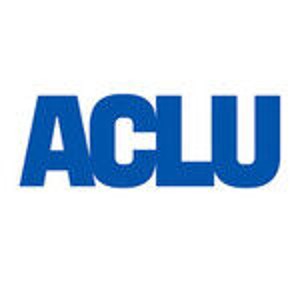
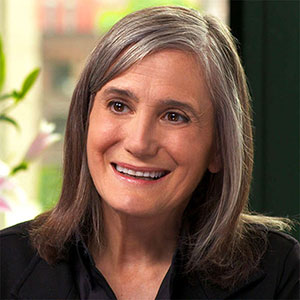
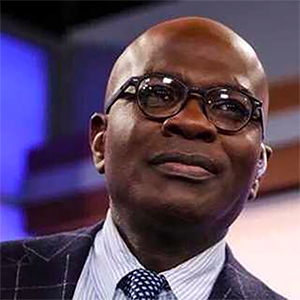

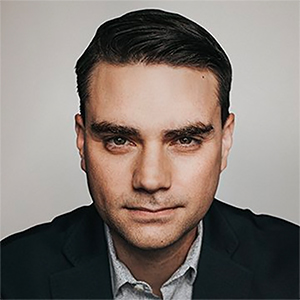

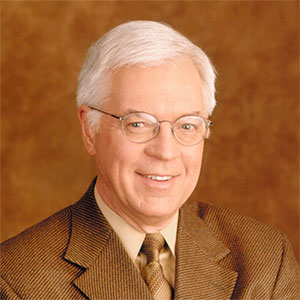
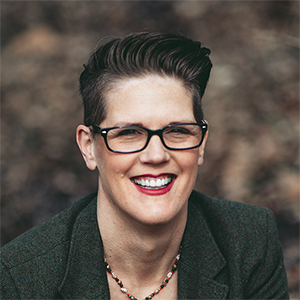
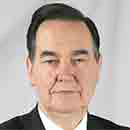






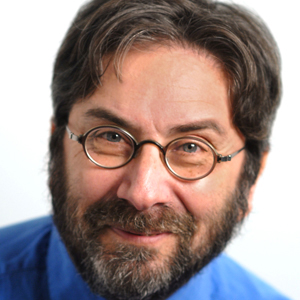
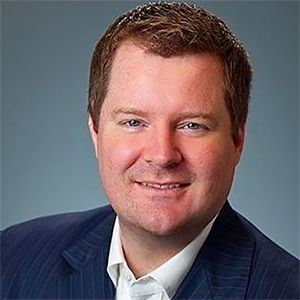
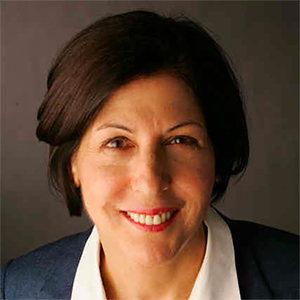
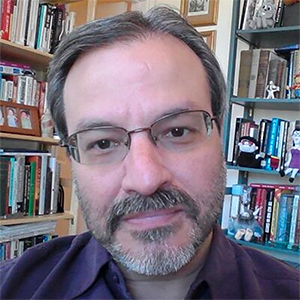



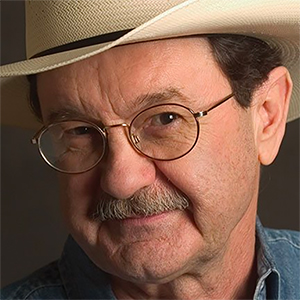

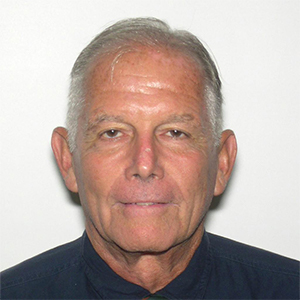
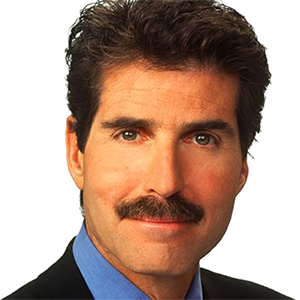
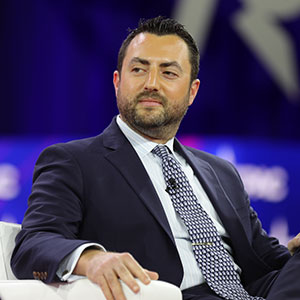
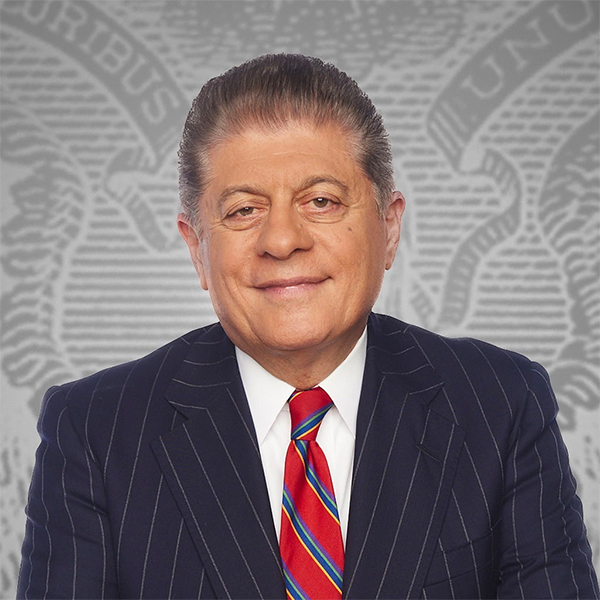





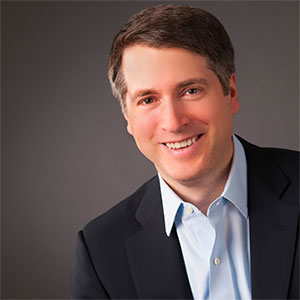
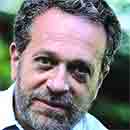
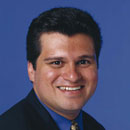


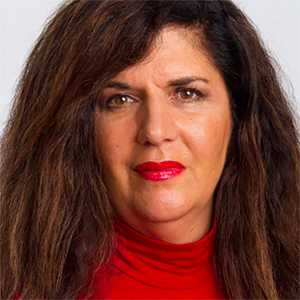
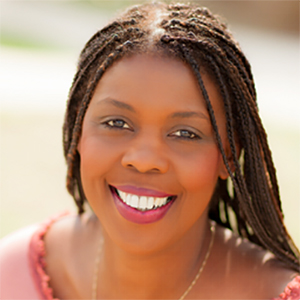


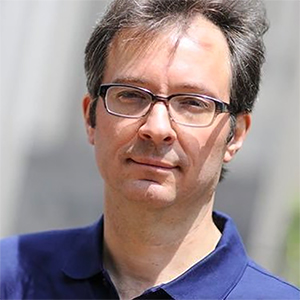

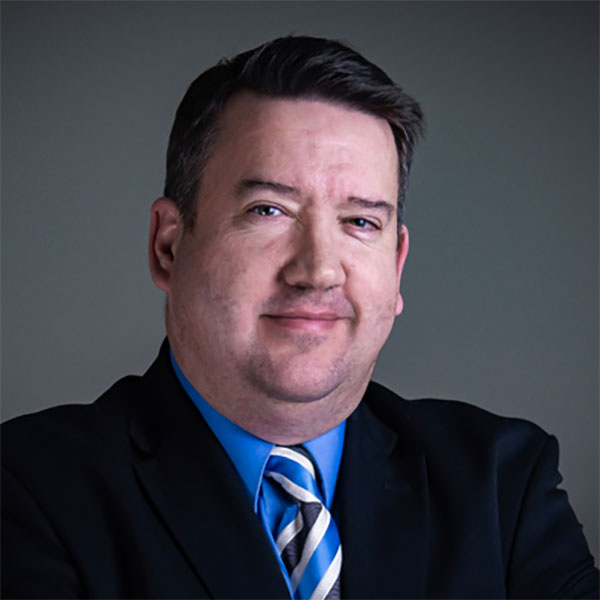



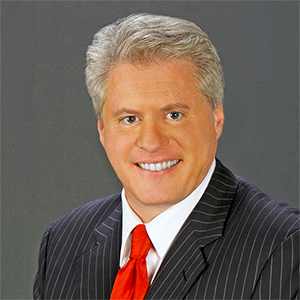
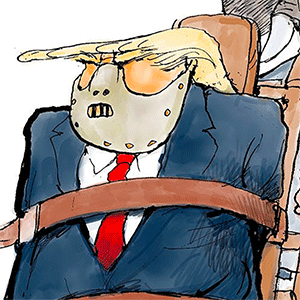
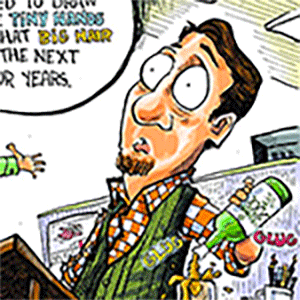
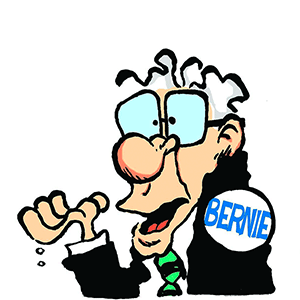

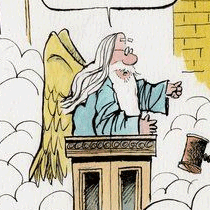
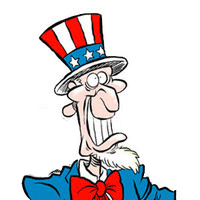
Comments